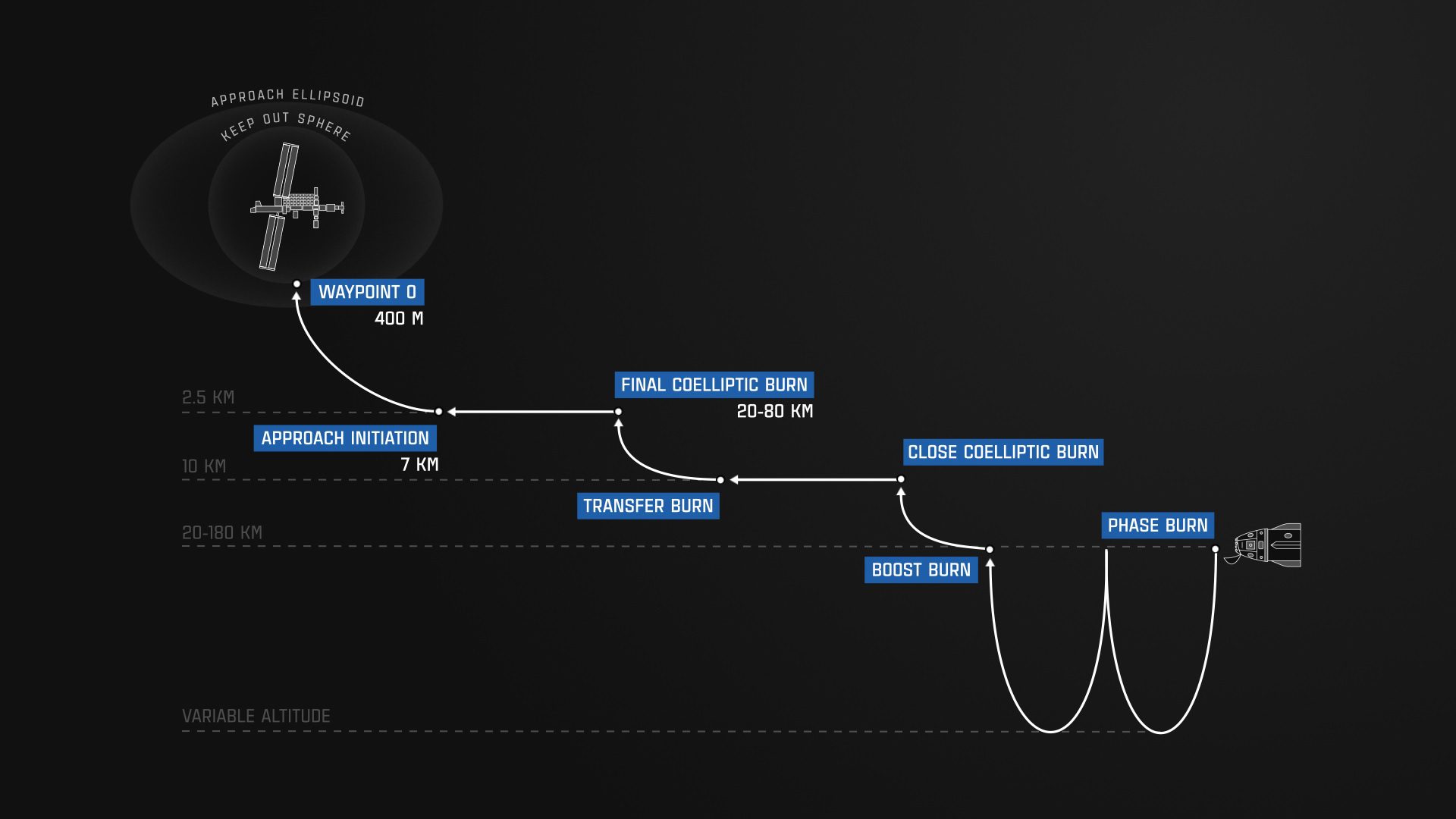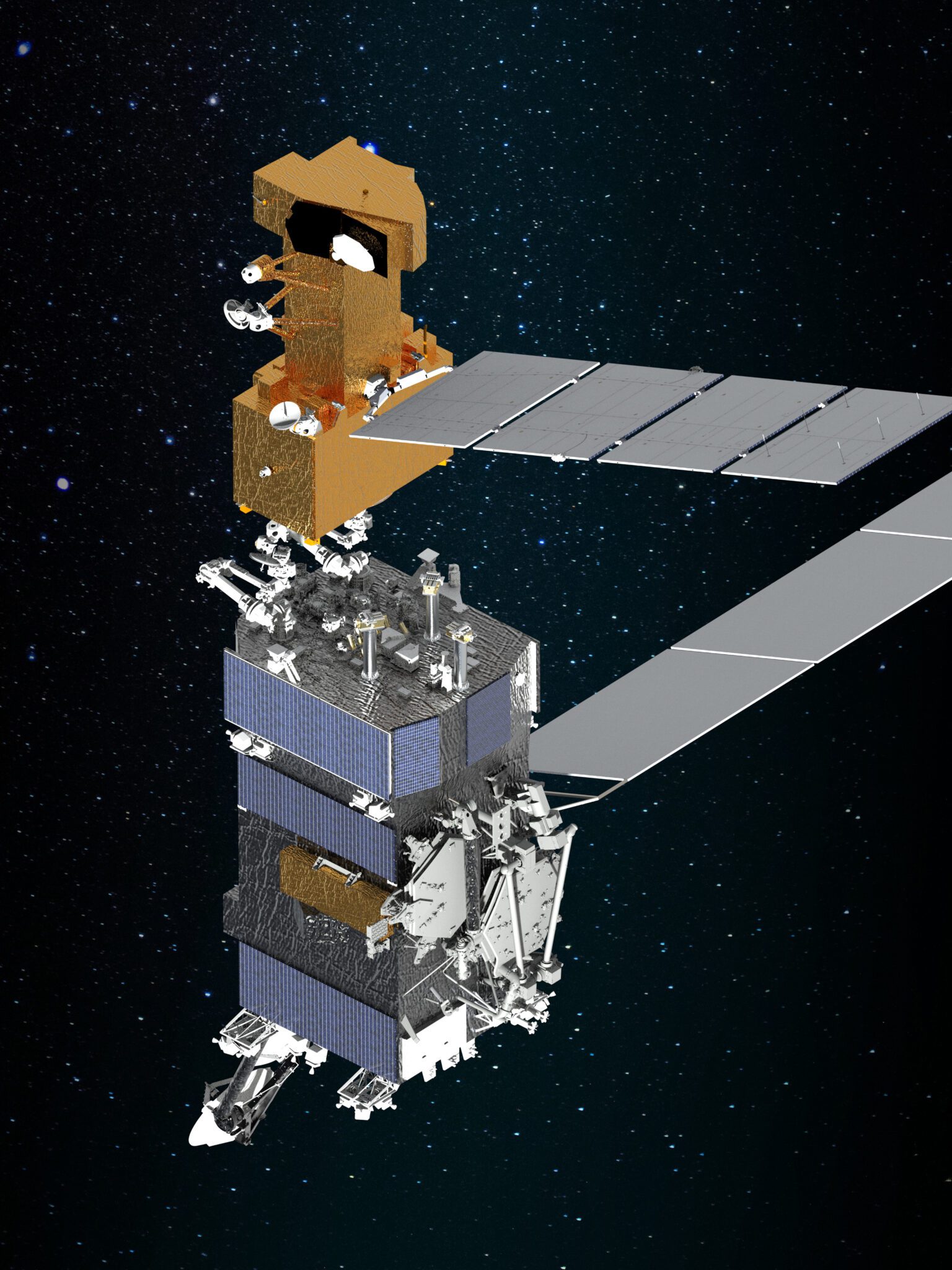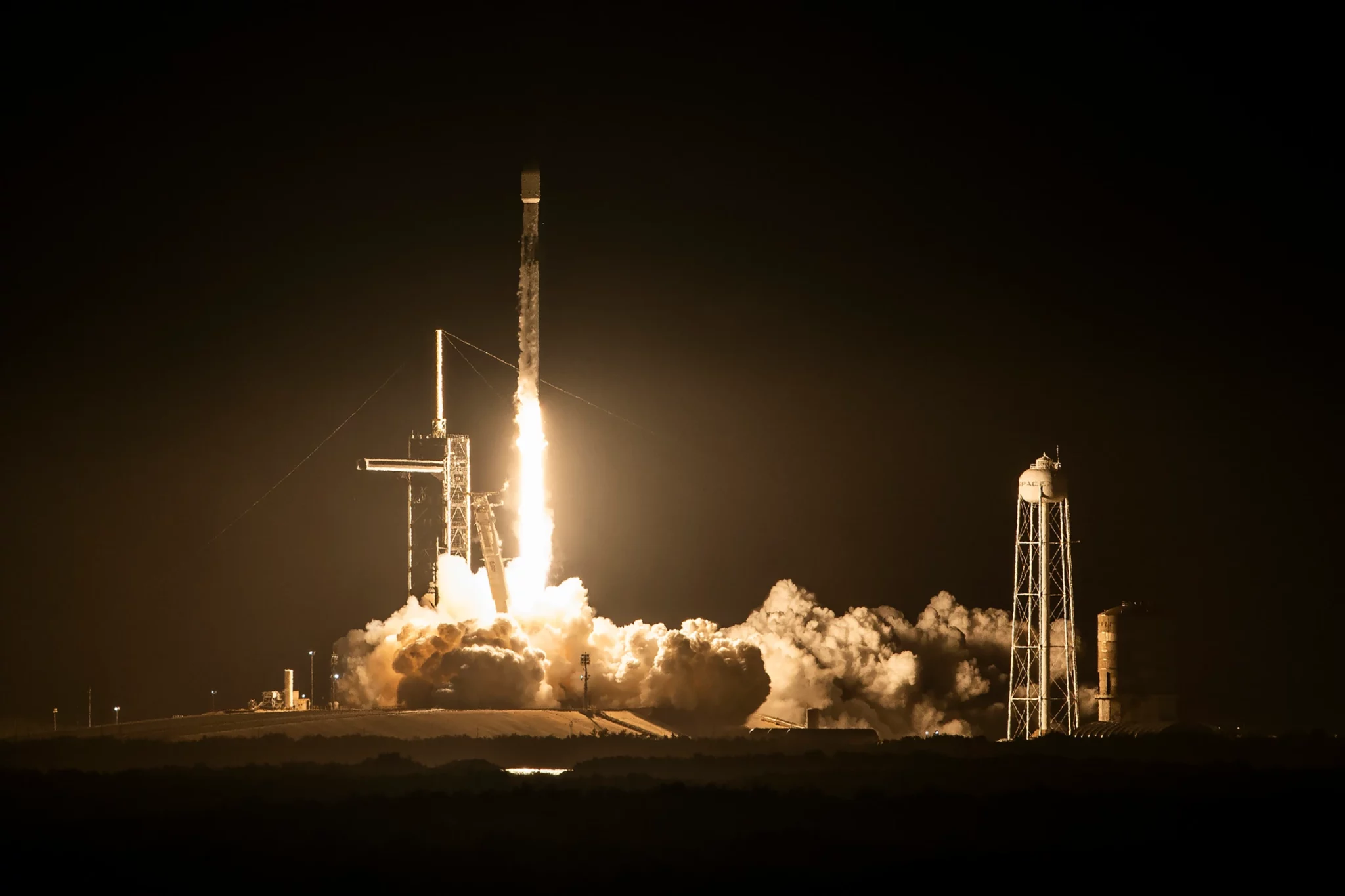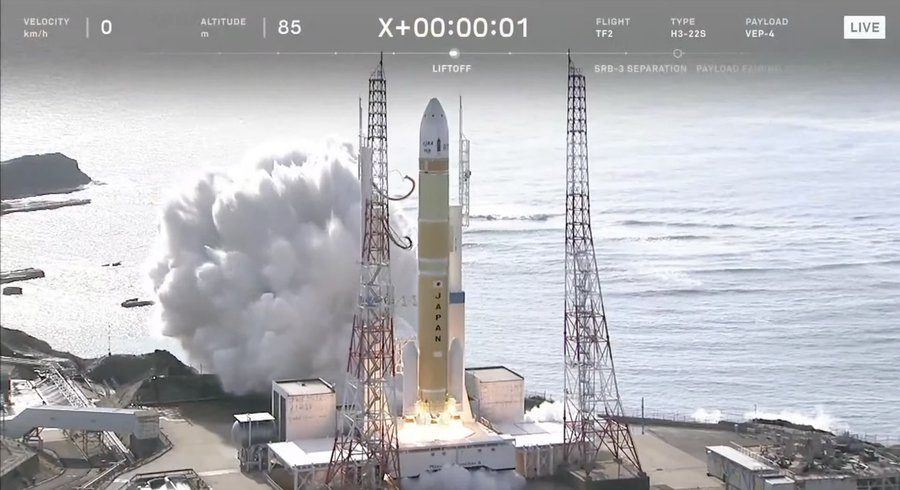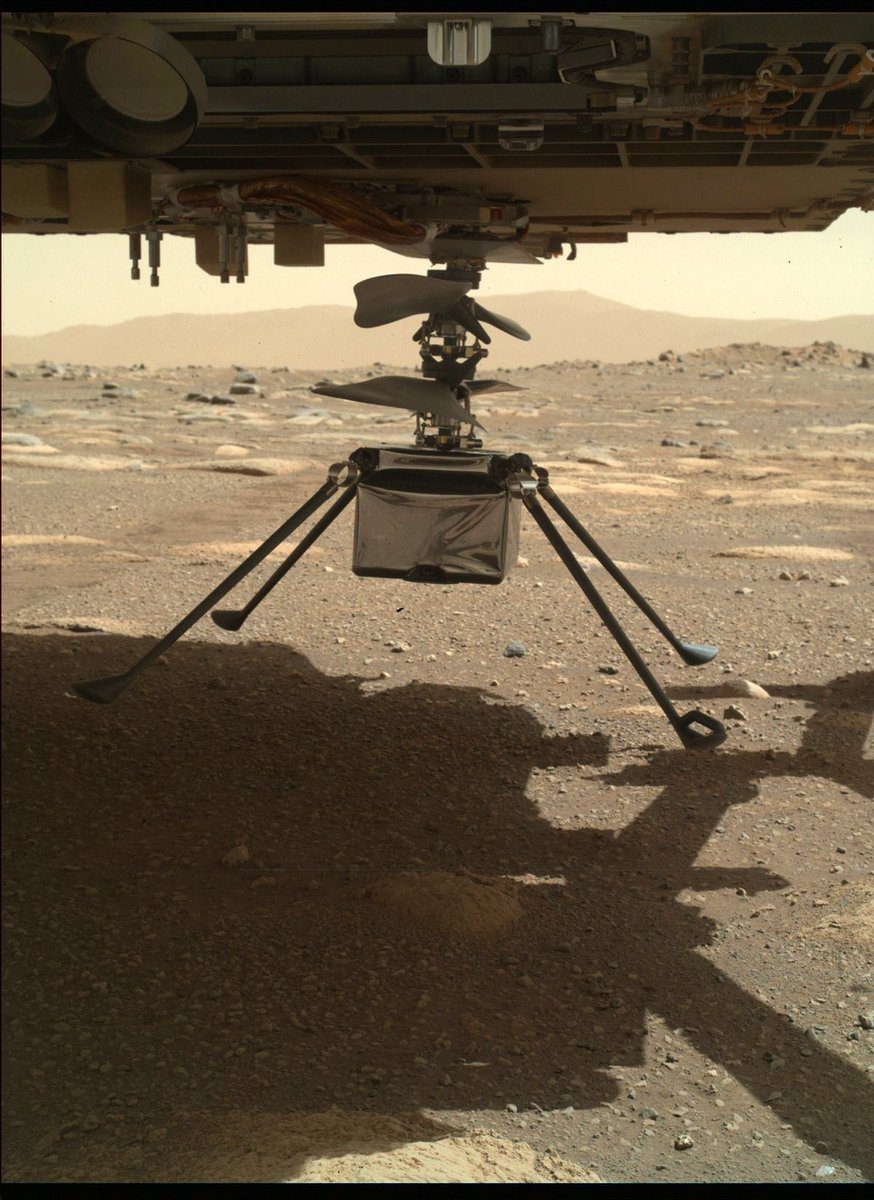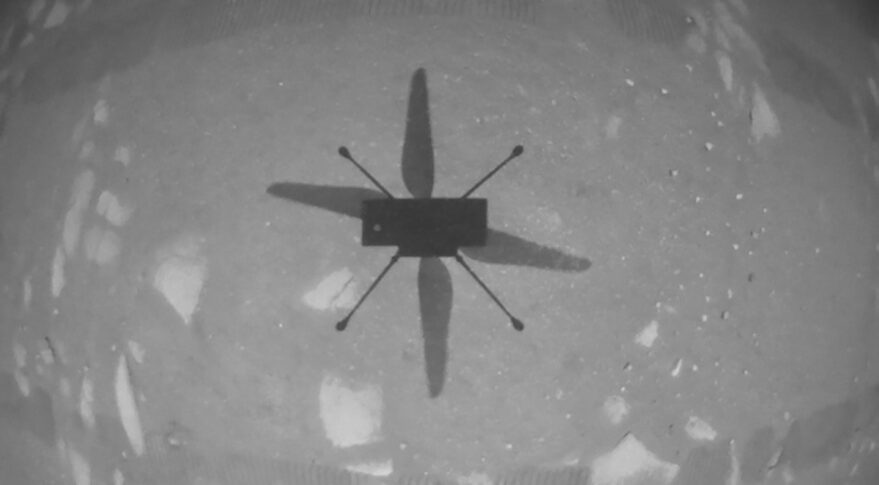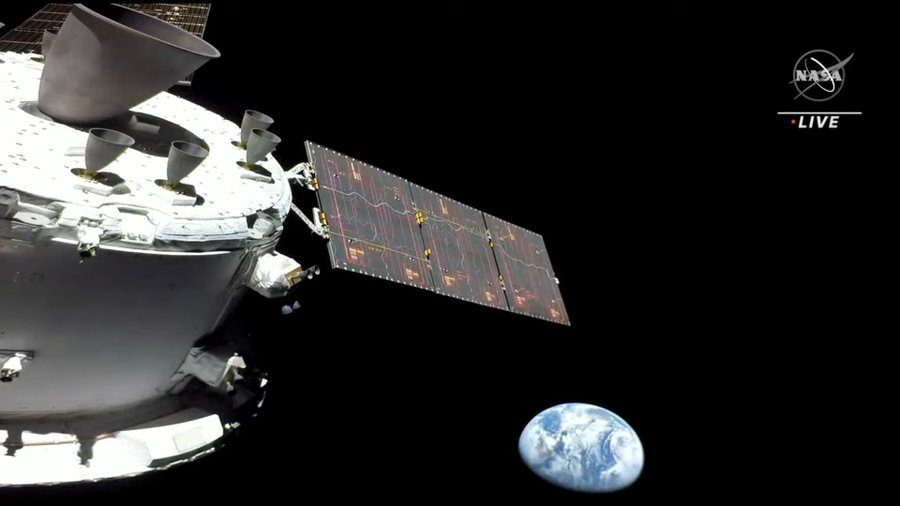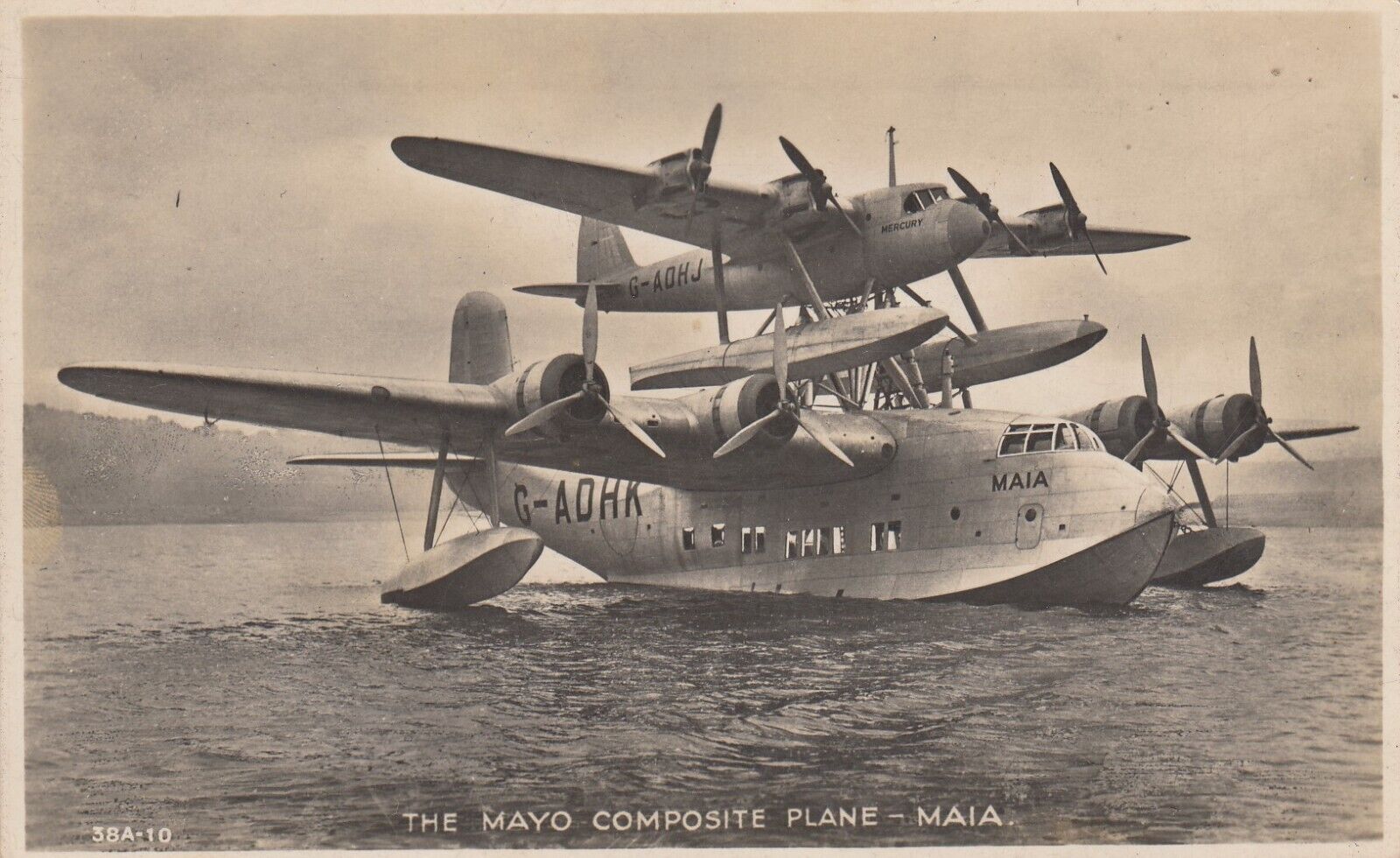[youtube]http://www.youtube.com/watch?v=kovJUvkO55E[/youtube]
In a telephone press conference, Mark Sirangelo, corporate vice president for Sierra Nevada’s space systems division confirmed that the Dream Chaser aerodynamic prototype (officially known as the “Engineering Test Article”) was not significantly damaged by an undercarriage failure induced crash after its successful approach and landing on Runway 22L at Edward’s Air Force base. on 26 October. The craft had been released Sikorsky Sky-Crane helicopter from an altitude of 12,500 feet on its automous approach and landing test flight after an electronic command was sent to it. In a gliding flight lasting approximately one minute the lifting body was dived to 50 degrees down angle to both gain speed but also to mimick the exact approach that the full space-capable version of the Dream Chaser would perform.
Mark Sirangelo was keen to note that a full set of aerodynamic data had been recovered from the various measurement systems aboard as the data was telemetered during the flight. After 10 seconds in this dive, the pull out was successfully completed and a shallower glide was performed lasting 30 seconds. The final approach lasted approximately 20 seconds at a speed of roughly 160-162kt. At 200 feet altitude, an on-board ground radar altimeter detection system released the F-5 jet-fighter sourced undercarriage. However, while automatic software worked correctly and the front skid and right landing gear/wheel was successfully deployed, the left landing gear was hung up by what appears a mechanical problem and according to Sirangelo “did not come down fast enough”.
While the on-board software did its best to hold up the left wing as long as possible after the Dream Chaser prototype’s succesful touch down on the centre line of the runway, the unsupported wing did eventually drop to the ground. The result was that the Dream Chaser prototype skidded off the runway in a cloud of dust and sand, ending up after this in an upright postion.
Claims that the craft “flipped over” were not confirmed and while Sierra Nevada corporation has released film footage (above) of the approach and landing itself, it has failed to release footage of the crash (raising suspicions amongst some space watchers). Nevertheless, the firm’s engineers confirmed that there had been no significant damage to the crew compartment and that any crew would have survived such an event. Mark Sirangelo noted that so minor was the damage that the composite structured prototype is “likely to be reflyable”.
Like the Space Shuttle aerodynamic prototype “Enterprise” which flew similar appoach and landing missions in the 1970s in preparation for actual Space Shuttle orbital missions, the prototype is not planned to ever go into orbit. Neverthless, the mishap may yet hold back the next phase of the testing programme including a second unmanned “autonomous” test flight, followed by a piloted gliding mission.
Designers of the prototype are examining what went wrong as they design a beefed up undercarraige able to cope with mulitple flights of a reusable vehicle. They are also working out the safest way of coping with such a undercarraige failure again including having a back-up deployment system (or even this writer’s suggestion of having the other undercarriage not deploy to execute a safer belly landing).
During the press conference, Sirangelo confirmed that the Dream Chaser’s thermal protection system would, in effect, be a hybrid between Apollo and Space Shuttle technology. It would use carbon-carbon elements for his hottest areas and ceramic tiles covered by replaceable ablative materials for other areas. Lockheed Martin has been contracted to build the orbital version of the Dream Chaser craft.
Sirangelo confirmed that Dream Chaser, which is part funded by NASA Commercial Crew development money, remains on target to make its first unmanned spaceflight in 2016 on top of an Atlas V launch vehicle, with the first piloted orbital spaceflight following in mid-to-late 2017.

